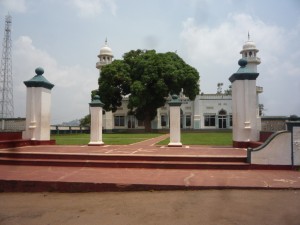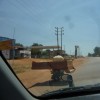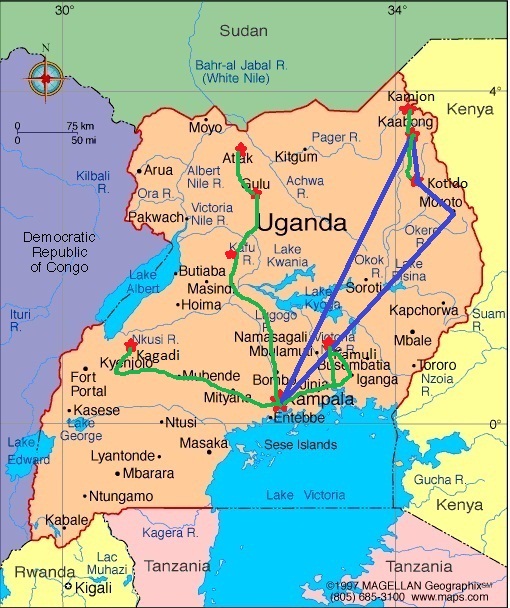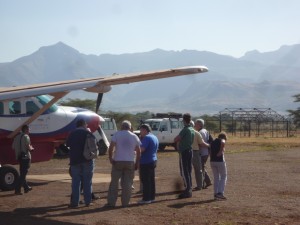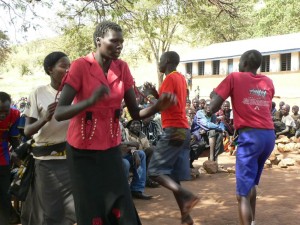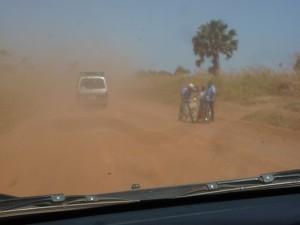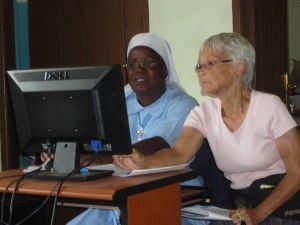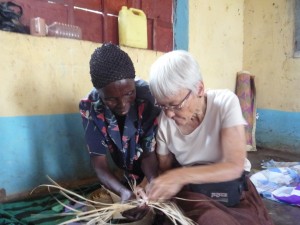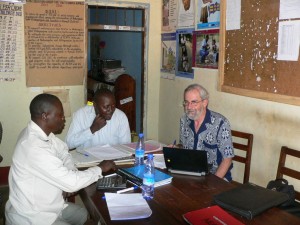 Religion matters to Ugandans. The majority of Ugandans (more then 80%) call themselves Christians –Roman Catholic, Church of Uganda (Anglican) and many other denominations including Seventh Day Adventist, Pentecostal and Orthodox. About 16% of the population is Muslim, and the remainder practice traditional or other religions.
Religion matters to Ugandans. The majority of Ugandans (more then 80%) call themselves Christians –Roman Catholic, Church of Uganda (Anglican) and many other denominations including Seventh Day Adventist, Pentecostal and Orthodox. About 16% of the population is Muslim, and the remainder practice traditional or other religions.
There has been a history of antagonism between religious groups in Uganda — both between Muslims and Christians, and between Catholics and Anglicans. This antagonism has been recurring since the time that these religions arrived in the country in the 19th century, when they were competing to convert the King of Buganda. He played them off against each other to prevent any of them from becoming too powerful and becoming a threat to his rule.
Our next several blogs will be about religion in Uganda—as we have seen/experienced it.
The Anglican Church Missionary Society (CMS) assembled a band of enthusiastic missionaries after reading H.M. Stanley’s letter to the Daily Telegraph requesting missionaries for Uganda.. The first two representatives of this group arrived at the court of the Kabaka on June 30, 1877. Eighteen months later, on February 17, 1879, a group of French Catholic White Fathers arrived.
The presence of these rival versions of Christianity created controversy. CMS felt that this was a deliberate attempt to sabotage the Protestant missionary effort. The Catholics on the other hand, could point to the fact that they had been planning to evangelize the lake region of Eastern Africa for many years.
Some of the problems between the Kabaka and the missionaries were described in our blog about Namugongo. The Kabaka “gave” the Anglicans land on Namirembe Hill and the Catholics land on Rubaga Hill. (The Mulsims were given land on Kibuli Hill.)
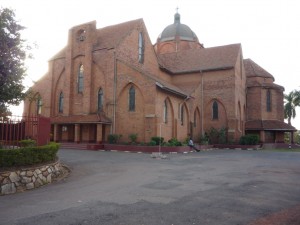 The first Anglican (Church of Uganda) cathedral was completed in 1903 and resembled a Buganda building of sun-dried bricks and thatched roof. It was destroyed by lightening in 1910 and the present cathedral was completed in 1919. It sits atop Namirembe hill in Kampala overlooking the city. The cemetery contains the graves of some of the early missionaries—and one early Mennonite missionary to Tanzania (Elizabeth Stauffer). If someone can tell us how she came to buried here, we would appreciate it! When we made a trip to Uganda in 1969 we stayed at the CMS guesthouse next to the cathedral.
The first Anglican (Church of Uganda) cathedral was completed in 1903 and resembled a Buganda building of sun-dried bricks and thatched roof. It was destroyed by lightening in 1910 and the present cathedral was completed in 1919. It sits atop Namirembe hill in Kampala overlooking the city. The cemetery contains the graves of some of the early missionaries—and one early Mennonite missionary to Tanzania (Elizabeth Stauffer). If someone can tell us how she came to buried here, we would appreciate it! When we made a trip to Uganda in 1969 we stayed at the CMS guesthouse next to the cathedral.
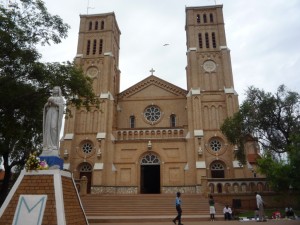 The Rubaga Cathedral also known as St. Mary’s Catholic Cathedral stands on Rubaga Hill overlooking the city. The construction of St. Mary’s Cathedral took place between 1914 and 1925.
The Rubaga Cathedral also known as St. Mary’s Catholic Cathedral stands on Rubaga Hill overlooking the city. The construction of St. Mary’s Cathedral took place between 1914 and 1925.
There are a number of other denominations and many small Pentecostal churches both in Kampala and in the rural areas.
(Much of the factual information above comes from Wikipedia and online Dictionary of African Christian Biography.)
We have often attended services at All Saints Cathedral in Kampala which, for political reasons, is the seat of the Archbishop of the Church of Uganda. Namirembe, the original cathedral, is viewed as too closely connected to the Buganda kingdom and not neutral enough to represent the whole country. We have also attended a few other churches in Kampala as well as others as we travel around the country. We have had opportunity to worship with Anglicans, Catholics, Baptists, and attended a Pentecostal wedding. We also observe many small churches from the outside along the streets and rural roads.
-

-

-

-

-

-

-

-

-

-

-

-

-

-

-

-

-

-

-

-

-

-

-

-

-

-
mass with a group of Catholic Sisters
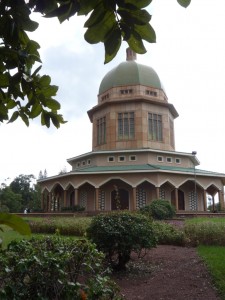 The Bahá’í faith was founded by the Persian mystic Bahá’u’lláh in the 1850s. It is an inclusive faith, incorporating other religions. Hindu, Christian, Jewish, Zoroastrian, Buddhist and Islamic holy texts are used in their services. It is egalitarian; it regards all humankind to be of equal worth.
The Bahá’í faith was founded by the Persian mystic Bahá’u’lláh in the 1850s. It is an inclusive faith, incorporating other religions. Hindu, Christian, Jewish, Zoroastrian, Buddhist and Islamic holy texts are used in their services. It is egalitarian; it regards all humankind to be of equal worth.













